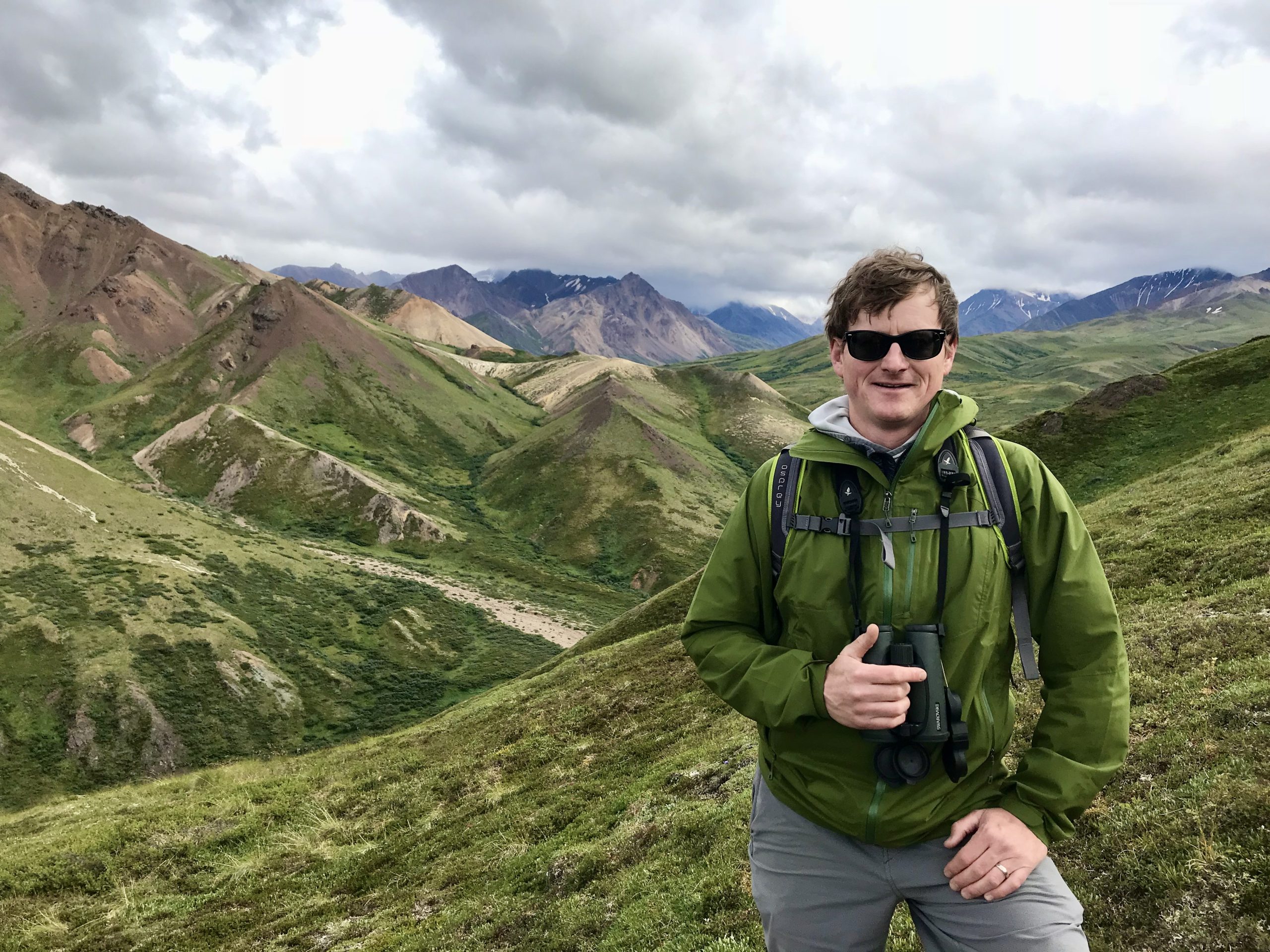Some information may be outdated.
From September 24 to 27, the Leave No Trace Center for Outdoor Ethics will be holding a Leave No Trace Hotspot in Arches National Park, aiming to address the impact of increased visitation and recreation within the park.
This week, Science Moab speaks with Senior Director of Research and Consulting Ben Lawhon about the science behind Leave No Trace.
Science Moab: What is the history of Leave No Trace?
Lawhon: What most people think of today as Leave No Trace started back in the 1960s. At that time, there was a significant push to encourage people to go out and enjoy their public lands. As a result, in the 1970s, we started to see an accumulation of recreation-related impacts on public lands.
It’s not that people were acting in a malicious way; people just didn’t understand how to minimize their impacts in the outdoors. So federal land-management agencies started varying programs to educate visitors about enjoying our parks and protected areas in a responsible way. But there was no real interagency collaboration.
In the 1980s, there began to be a lot of support around the idea of a national program applicable across all public lands. We know that Leave No Trace is now the most widely-used outdoor ethics program on public lands in the US.
Science Moab: Can you explain what Leave No Trace in its current iteration really is?
Lawhon: Leave No Trace is not rules or regulations. Leave No Trace is a framework for making good decisions about enjoying the outdoors responsibly. If everyone who spent time outside did one thing to minimize their impact, think how much better conditions on the ground might be in our parks and protected areas.
Science Moab: What’s the relationship between scientific research and Leave No Trace?
Lawhon: Leave No Trace is science-based in terms of our recommendations, tactics, and techniques. We’re also science-based in terms of how we deploy our education and training.
For the first part, the science that has informed the seven principles associated with Leave No Trace is based on a field of scientific inquiry known as recreation ecology, which is the study of recreation-related impacts. Recreation ecology informs the things we recommend, like camping 200 feet from water or camping on a durable surface to minimize the trampling of vegetation.
The other field of science helps us understand whether we’re being effective. Are we actually influencing people’s decisions? That’s known as the human dimension of natural resources.
Science Moab: A lot of the ideas that inform how to behave in the outdoors are from white, Western culture. What conversations are happening in LNT to incorporate diverse perspectives, such as Indigenous knowledge?
Lawhon: We’ve had a heightened focus within Leave No Trace as an organization on diversity, equity, and inclusion, ensuring that when someone picks up Leave No Trace information, regardless of who they are, their background, or where they come from, they can say, “Wow, this resonates with me, for how I spend time outside.”
Over the past year, we’ve been undergoing a significant DEI-related revision process. Through that process, we have tapped into traditional ecological knowledge, wanting to make sure that we are not only honoring that but also pulling in best practices that Western science may have overlooked or didn’t consider. There’s clearly more work to be done. But we’re on the path to taking in more viewpoints to have a more informed curriculum.
Science Moab: Do you have any thoughts on COVID’s impact on park visitation?
Lawhon: It looks like we have a lot of big problems. Parks are absolutely overrun, with the highest visitation most of us have seen in our entire lifetimes. It’s easy to go straight to the doom-and-gloom perspective. But we have to look at the opportunities.
I’m not suggesting the problems of over-visitation are not important and critical. But if we don’t have that positive thread in our mind, we might ultimately miss the opportunity to educate a lot of people in the outdoors. Our research has shown that a lot of these people who were drawn to the outdoors because of COVID are here to stay. We have a job to help educate those people. It’s probably the greatest opportunity I’ve seen in my entire career.
Science Moab is a nonprofit dedicated to engaging community members and visitors with the science happening in Southeast Utah and the Colorado Plateau. To learn more and listen to the rest of Ben Lawhon’s interview, visit www.sciencemoab.org/radio. This interview has been edited for clarity.
Appreciate the coverage? Help keep local news alive.
Chip in to support the Moab Sun News.





